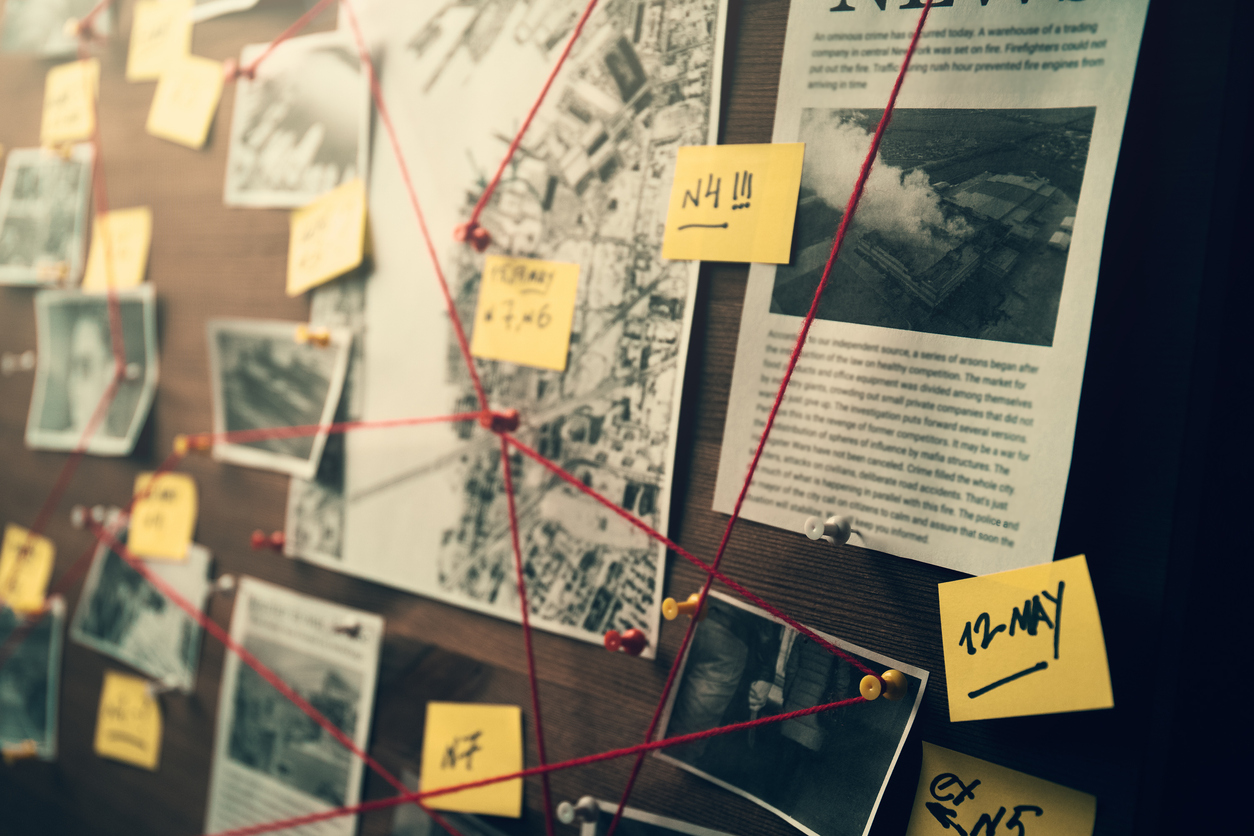My last blog covered some of the basics of a phenomena often referred to as “crowdsourced investigations”, a reference to the practice of groups of people using the internet to work together and solve active or cold criminal cases. There have been multiple accounts where this approach has proven beneficial identifying the culprit in a crime. From podcasts to forums and social media, people are collaborating to solve all manner of crimes ranging from the banal to the most severe.
There are some obvious benefits to this method of investigating. For one, when large groups of people collaborate, it can increase the pool of intel greatly. Whether it’s that someone has unique skills or information to bring to the table, the old saying goes “two heads are better than one” for a reason. The police are limited in terms of manpower by the number of investigators they have on hand to dedicate to a case. An online investigation is only limited by the number of people who take an active interest in the crime. There is also the benefit that if a case goes viral, someone who otherwise wouldn’t have known about the crime might be able to step forward and provide new evidence. In the recent and highly publicized case of Gabby Petito, a woman was able to look back through videos she had taken on her phone and find one that contained the image of Petito’s van near where her body was later found. Had the case not garnered media attention, the footage might have simply been forgotten and the case potentially left unsolved.
But there are also drawbacks to digital sleuthing. First and foremost, there have been a handful of times where a crowdsourced investigation found and accused the wrong person. Most famously, the 2013 Boston Marathon bombing was immediately followed by a widespread internet investigation to find the culprit via a Reddit thread. The so-called detectives on Reddit ended up accusing several people, who unwittingly had their faces, names, and private information posted online. Many of them received death threats both in real life and online, ruining their reputations on baseless conjecture.
In a less severe example, TikTok users have started a worrying trend of finding certain videos and dissecting them. Several months ago, Lauren Zarras posted a video of her surprising a long-distance boyfriend in his dorm. In the video, he is sitting on his couch with a few friends and then gets up to hug her when he realizes what’s going on. It is by all means a very simple video, but users began commenting with all manner of wild speculation that he was cheating on Lauren. Frame-by-frame analysis of the video was posted over and over, with people trying to read into the boyfriend’s body language or the fact that he’d been sitting next to other girls. It lead to the brief but very real harassment of both Lauren and her boyfriend at their dorm and in public.
In a similar case of virality gone wrong, TikToker Sabrina Prater was recently subjected to having her videos put under a microscope. The video that started her downfall was also quite typical for the platform; she is seen doing a popular dance in her basement. In the background, one user spotted and pointed out a slideshow featuring some people’s faces on a computer monitor. This led quickly to the absurd accusations that Prater was a serial killer and these were the faces of her victims- a claim that had absolutely no backing and contains no truth. But, again, the harassment online and offline was real. It reached a point where people claimed they were planning to invade her home or contact her local police department.
Unfortunately, the reason that crowdsourced investigations can be helpful is the exact reason they can be harmful. When you get too many people together and they all want to contribute something, they begin finding clues and hints where none exist. It is easy for things to snowball beyond a reasonable point. Some of the blame certainly lies in the rise of true crime as a genre over the past decade, but it is also important to note that social media seems to expedite the ability for things to get out of hand in a crowdsourced investigation. The algorithms that control your feed sometimes make it impossible to miss the next viral trend and, without any sort of context, it’s easy to take the speculation at face value.
As always, make sure you’re being careful on the internet. Be aware of how things are edited or manipulated for maximum engagement. There are digital detectives who do their work in good faith, but there are just as many who don’t. Better yet, ask yourself when you post content if you’re willing to become a target of people with nothing better to do than to invent negative falsehoods about you or your family and friends. Consider not posting at all. You really don’t need 15 seconds of fame to turn into months of misery.
